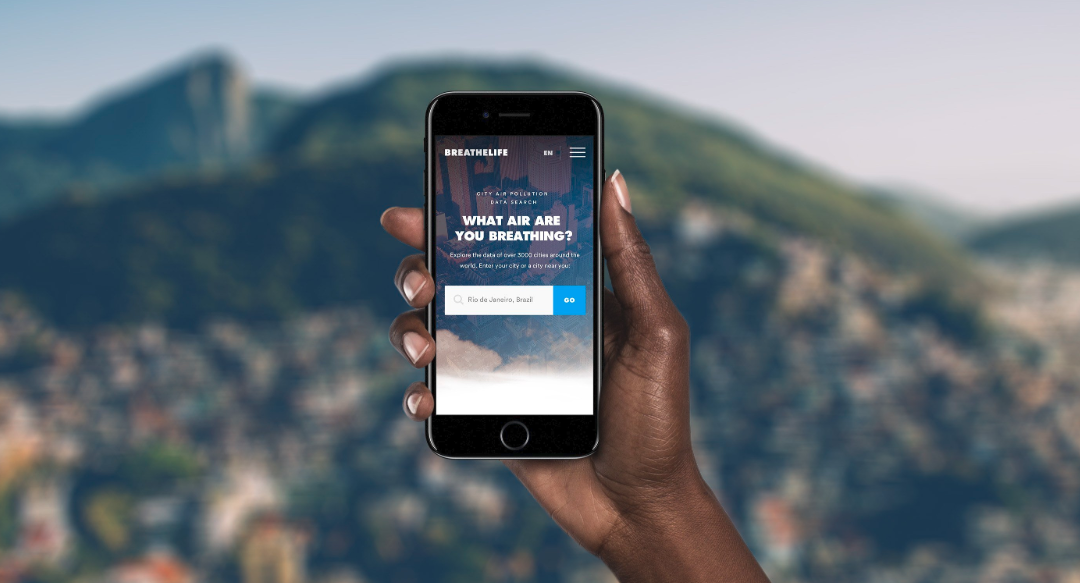WRITTEN BY GYORGYI GALIK
– SPEAKER AT PRIX BLOXHUB INTERACTIVE SYMPOSIUM 21-22 MAY 2019 – LINK
COULD CONNECTED AND NETWORKED TECHNOLOGIES BE DESIGNED TO AFFORD A MORE PROACTIVE ROLE FOR CITIZENS IN MAKING OR SUPPORTING THE DECISIONS THAT PREVENT POLLUTION IN CITIES?
Urban liveability for me is about fairness and equal opportunities measured by the wellbeing of those who are the most vulnerable. I believe technologies could provide alternative discourses and practices, instead of simply reproducing already existing structures, practices and norms in society. However, current technological narratives often support and reproduce current ways of living and thinking.
I think Fran Tonkiss (2015) describes this conundrum:
“Strategies for more environmentally sustainable cities must go beyond issues of design and technology to address toxic environmental inequalities. More sustainable urban futures that don’t simply depend on finding better technical solutions, but on a more serious commitment on environmental equity in cities and elsewhere.”
As a Lead Advisor of Design Council’s Cities Programme, I provide design review, support and training for local authorities, developers, design teams and consultants through dedicated design advice programmes in the UK. This includes design advice on schemes such as developing new towns, tall buildings, housing, estate regeneration and public realm.
In my PhD and personal design practice, I work with air pollution and climate change. I use pollution as a ‘trojan horse’ to observe and better understand different barriers to individual and systems change. Improving air quality, for example, will require an understanding of how air pollution is currently produced and how it’s made ‘invisible’ or more salient through current political, economic and technological narratives and opposing interests.
Smart city players often talk about ‘empowerment’ of people and communities through digital technology. However, for decision makers and those in power it is difficult to find a balance of how to manage that new sense of empowerment without giving people so much power that they would overrule their own authority. As a means of empowerment through digital participation, public and private sector actors often end up developing digital applications and citizen engagement platforms that pay lip service to citizen participation, asking people whether e.g. the road should be green or blue, instead of asking them whether a road should be built in the first place. These token gestures easily mislead people and give them a false sense of empowerment and the belief that they have a say in complex environmental and political decisions.
In the case of air pollution for example, currently citizens are presented with a narrow set of narratives that gives them little agency to tackle air pollution. All too often these interventions simply monitor, visualise and confirm the fact that the air is polluted – while people become increasingly disillusioned by the fact that their air remained just as polluted as ever. In order to step beyond this kind of passive data spectatorship aspect of measuring and visualising data and also moving beyond technological solutions, the aim could be to better understand the necessary structural, institutional and infrastructural changes that have to be put in place first, so that people could change their current energy behaviours in cities.
While ignoring the already well-established evidence of how to actually improve air quality, a frequent argument in smart cities is that we still need more evidence and even more granular data to be able to manage pollution. A frequent saying in a smart city is that ‘we can’t manage what we don’t measure’. It seems as if though after we measured it, we keep forgetting to manage pollution through stringent environmental regulation.
Looking at numerous global examples, air pollution is often so high that it exceeds what current sensing technologies can even measure, yet decision makers have taken little action to improve the situation. Many local and national governments often put energy and investment into fig leaf, mitigative interventions (e.g. domes with air-filtration systems, anti-pollution bus stops and large-scale air purifiers), which are politically popular but have only marginal impacts on the sources and prevention of pollution.
While agreeing with Fran Tonkiss’ thoughts, I believe there is still an exciting opportunity for designers to rethink the ways in which urban technologies are designed and how those could increase the degree of participation and engender a more proactive role for citizens in making their cities more liveable and healthy.
Dubberly and Pangaro (2015) note in a conversation with Ranulph Glanville that second-order cybernetics, for example, conceives design as “conversation for learning together, as a way to create possibilities for others to have conversations, to learn, and to act”. Technologies could be designed and used as prompts or triggers to provide opportunities for people to discuss how things could be otherwise and enable collective action. I am really looking forward to sharing some of these ideas and findings at the symposium.







